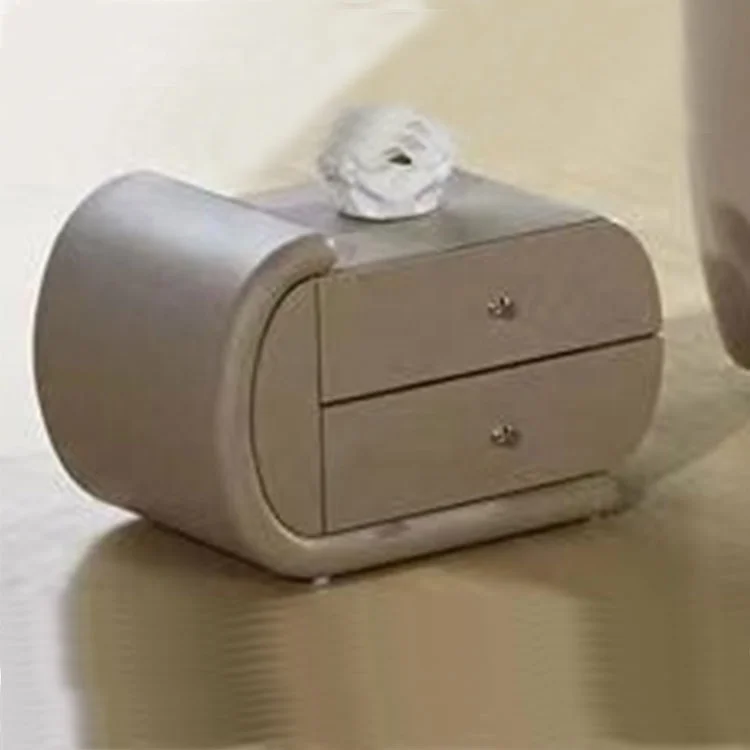Pulleys for Industrial Power Transmission: A Buyer's Guide
When it comes to power transmission systems, pulleys play a crucial role in transferring motion and force between rotating shafts. These simple yet effective components are essential across various industries, from manufacturing to agriculture. This guide will help you understand different pulley types, their applications, and what to look for when sourcing from global suppliers.
How to Find Reliable Pulleys from China in 2025
China remains the world's leading manufacturer of industrial pulleys, offering competitive prices without compromising quality. When sourcing:
- Verify supplier certifications (ISO 9001 is essential)
- Request material test reports
- Check production capacity and lead times
- Ask for references from existing clients
- Consider third-party inspection services
Top platforms like Alibaba feature verified suppliers with extensive product ranges. Look for gold suppliers with trade assurance for added protection.
What Buyers Should Know Before Buying Pulleys from China
Key considerations include:
- Material specifications (cast iron, steel, or aluminum)
- Precision requirements (balanced for high-speed applications)
- Customization options (groove profiles, bore sizes)
- Packaging standards for international shipping
- After-sales support and warranty terms
Always request samples before large orders. A reputable supplier will provide CAD drawings and technical support.
Types of Pulleys
Common pulley varieties include:
- Flat Belt Pulleys: For simple power transmission
- V-Belt Pulleys: With trapezoidal grooves for better grip
- Timing Pulleys: Teeth-matched for synchronous drives
- Variable Speed Pulleys: Adjustable for different RPMs
- Cable Pulleys: For lifting and rigging applications
Each type serves specific operational requirements in power transmission systems.
Functions and features of Pulleys
Modern pulleys offer:
- Power transmission between non-collinear shafts
- Speed ratio changes through diameter variations
- Vibration damping in drive systems
- Maintenance reduction with self-lubricating designs
- Corrosion resistance through specialized coatings
Advanced models incorporate dynamic balancing for high-speed operation up to 10,000 RPM.
Scenarios of Pulleys
Industrial applications include:
- Conveyor systems in manufacturing plants
- Agricultural machinery drives
- Elevator and hoisting mechanisms
- Automotive engine accessories
- Marine propulsion systems
A textile factory recently reported 30% energy savings after upgrading to precision-balanced pulleys in their spindle drives.
How to Choose Pulleys
Selection criteria:
- Determine load capacity requirements
- Match groove profile to belt type
- Consider environmental factors (temperature, moisture)
- Verify shaft compatibility (keyway, taper lock)
- Evaluate total cost of ownership
For heavy-duty applications, cast iron pulleys offer superior durability compared to aluminum alternatives.
Pulleys Q & A
Q: What's the typical lifespan of industrial pulleys?
A: Properly maintained cast iron pulleys can last 7-10 years in continuous operation.
Q: How do I prevent belt slippage?
A: Ensure proper tension and use grooved pulleys with matching belt profiles.
Q: Can pulleys be customized for special applications?
A: Yes, leading manufacturers offer custom diameters, grooves, and mounting options.
Q: What maintenance do pulleys require?
A: Regular inspection for wear, proper lubrication, and periodic balancing checks.
Q: How do I calculate the correct pulley size?
A: Based on desired speed ratio: (Driver RPM × Driver Diameter) = (Driven RPM × Driven Diameter).




































